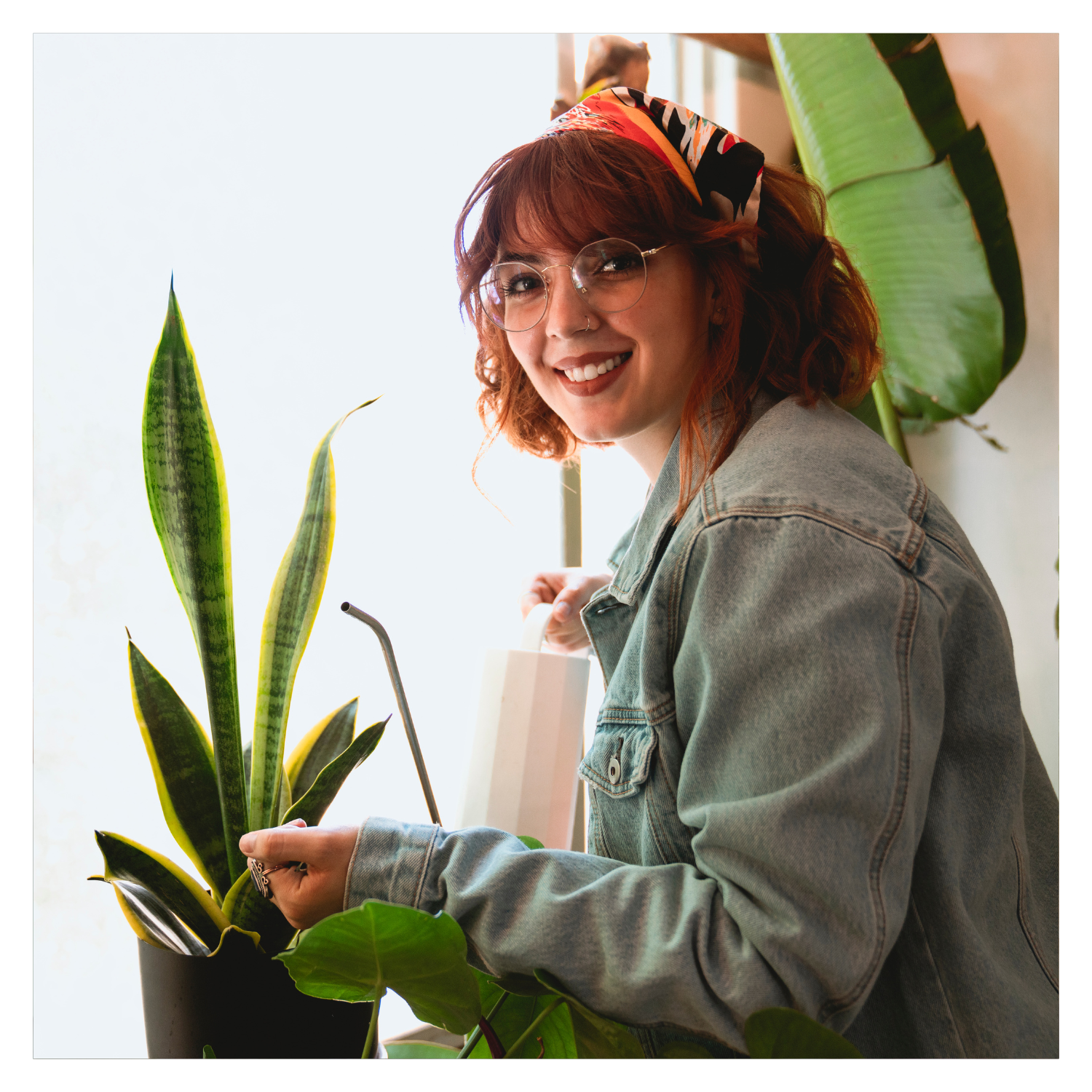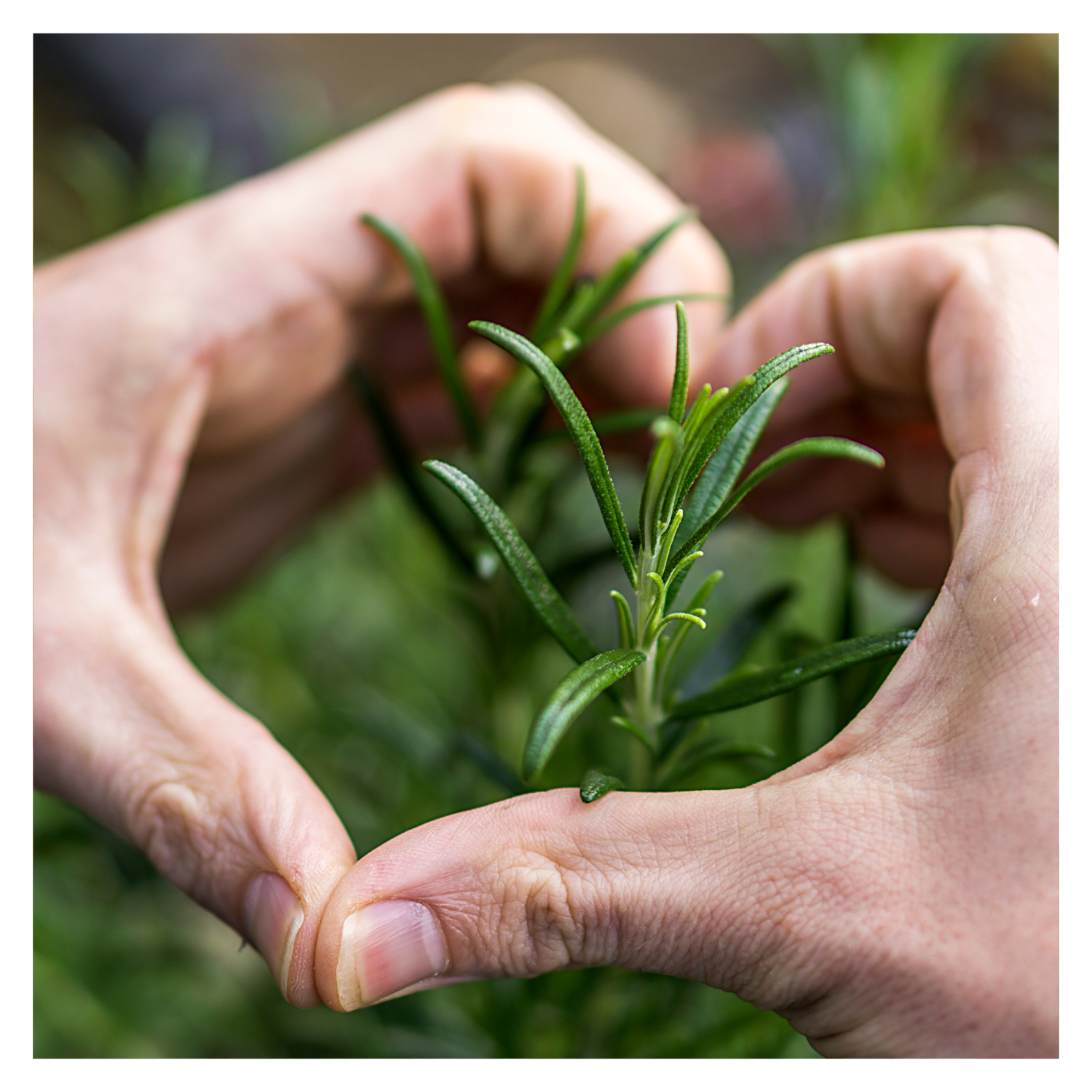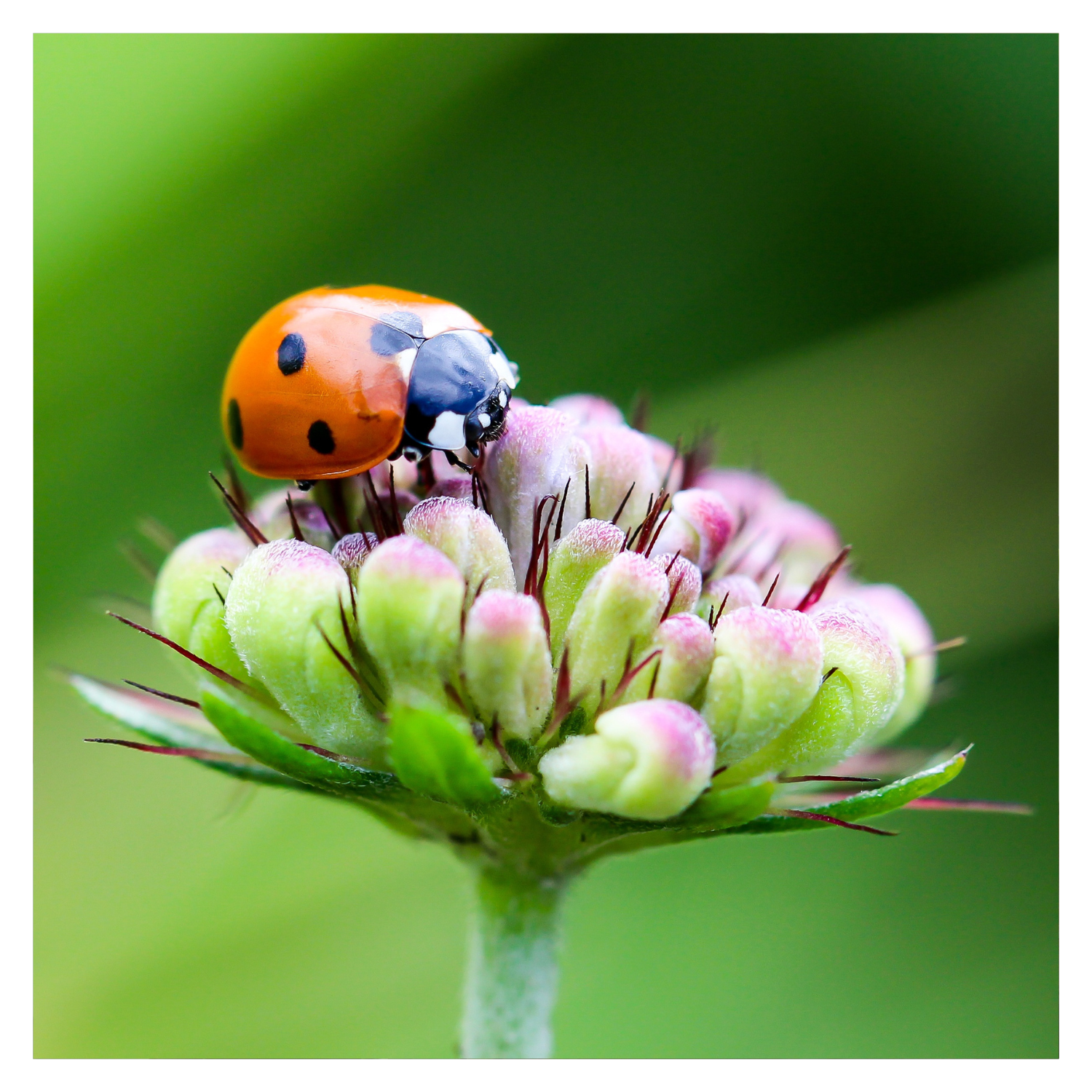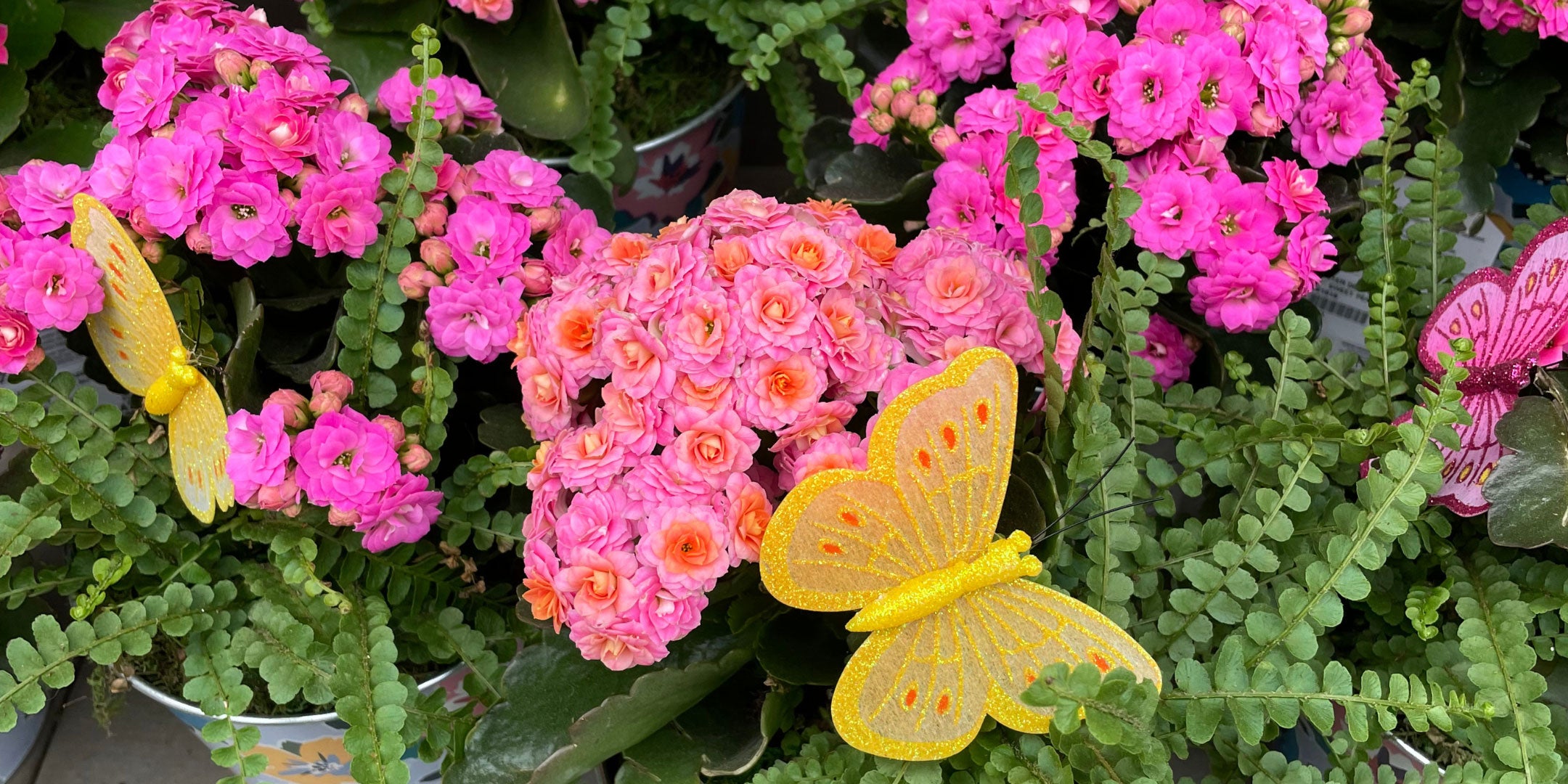Houseplants bring a touch of nature indoors, enhancing our living spaces with their beauty and contributing to a healthier environment by purifying the air. However, maintaining houseplants requires more than just occasional watering. Proper care and vigilance against pests are crucial for keeping your indoor garden thriving. Here are some tips on how to take care of houseplants and manage the insects that might come along.
Essential Care Tips for Houseplants
- Light Requirements:
- Identify the light needs of each plant. Some thrive in bright, indirect light, while others prefer low-light conditions.
- Rotate your plants regularly to ensure even light exposure and prevent them from leaning towards the light source.
- Watering:
- Check the soil moisture before watering. Overwatering can lead to root rot, while underwatering can cause wilting.
- Use well-draining pots and soil to prevent water from stagnating.
- Humidity:
- Many houseplants, especially tropical ones, benefit from higher humidity levels.
- Increase humidity by misting plants, using a humidifier, or placing a tray of water near the plants.
- Fertilization:
- Feed your plants with a balanced fertilizer during the growing season (spring and summer). Reduce feeding during the dormant period (fall and winter).
- Pruning:
- Regularly trim dead or yellowing leaves and prune to maintain shape and promote healthy growth.
Common Houseplant Insects and How to Deal with Them
- Aphids:
- Symptoms: Curled, yellow leaves; sticky residue on leaves (honeydew).
- Control: Use insecticidal soap or neem oil. Introduce natural predators like ladybugs.
- Spider Mites:
- Symptoms: Tiny, spider-like creatures; fine webbing; yellow or stippled leaves.
- Control: Increase humidity around plants. Spray with a mixture of water and neem oil. Regularly wipe leaves with a damp cloth.
- Mealybugs:
- Symptoms: White, cottony masses on leaves and stems.
- Control: Dab mealybugs with a cotton swab dipped in rubbing alcohol. Use insecticidal soap or neem oil.
- Fungus Gnats:
- Symptoms: Small, black flies hovering around the soil surface.
- Control: Allow the soil to dry out between waterings. Use yellow sticky traps to catch adults. Apply beneficial nematodes to the soil to target larvae.
- Scale Insects:
- Symptoms: Brown or black shell-like bumps on stems and leaves.
- Control: Scrape off scales with a soft brush. Apply horticultural oil or insecticidal soap.
Preventive Measures
- Inspect new plants: Always check for signs of pests before introducing new plants to your home.
- Isolate infested plants: If you find pests, isolate the affected plant to prevent spreading.
- Maintain plant health: Healthy plants are more resistant to pests. Provide optimal growing conditions and regular care.
- Cleanliness: Keep your plant area clean. Remove fallen leaves and debris that can harbor pests.
Caring for houseplants is a rewarding endeavor that enhances your living space and improves air quality. By understanding their needs and being vigilant about pest management, you can enjoy lush, healthy plants year-round. If you encounter persistent issues, don’t hesitate to visit our garden center for advice and products tailored to your houseplant care needs. Happy gardening!




